
Ella H. Oppenheimer
Ella Hutzler Oppenheimer (1897 - 1981) was an American pediatric pathologist and amateur conchologist. Landing-Oppenheimer syndrome (1959)

Ella Hutzler Oppenheimer (1897 - 1981) was an American pediatric pathologist and amateur conchologist. Landing-Oppenheimer syndrome (1959)
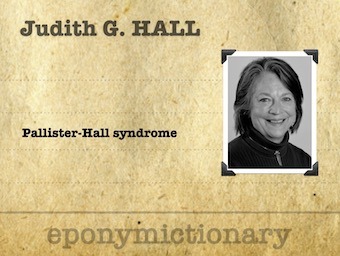
Judith Goslin Hall (1939 - ) pediatrician and clinical geneticist and dysmorphologist. Pallister-Hall syndrome (1980)

Henry Hill Hickman (1800 – 1830) was an English physician, country doctor and discoverer of inhalation anaesthesia

Margaret Doreen Baber (1910 - 1997) was a Welsh paediatrician. Baber syndrome (1956)
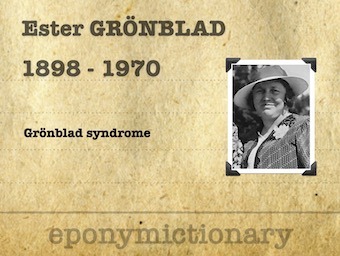
Ester Elisabeth Groenblad (1898 - 1970) was a Swedish ophthalmologist. Grönblad-Strandberg syndrome in 1929

Jean-Pierre-Marie Flourens (1794 - 1867) was a French physiologist. Founder of experimental brain science.
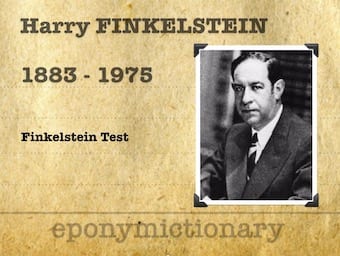
Harry Finkelstein (1883 – 1975) was an American Surgeon. Eponym - Finkelstein's Test (Modified Eichhoff test) to confirm De Quervain’s tenosynovitis
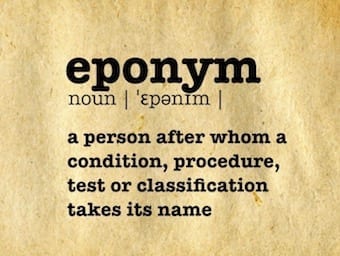
Adolf Weil (1848-1916) was a German physician. Eponymous affiliation with Weil disease (1886); discovery of an alpha-amino acid known as norleucine 1913

Gladys Rowena Henry Dick (1881 - 1963) was an American physician, pathologist and vaccinologist. Dick test (1924) in scarlet fever

Karel Frederik Wenckebach (1864-1940) Dutch physician. Eponymously affiliated with Wenckebach block (Mobitz type I AV block).
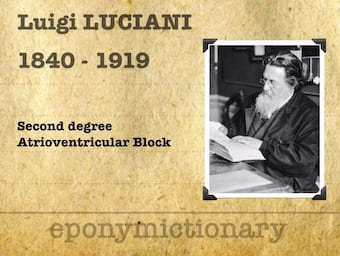
Luigi Luciani (1840 – 1919) was an Italian neuroscientist. discovery referring to the phenomena as ‘Luciani periods‘ (Wenckebach AV block)

Francis Rynd (1801 – 1861) was an Irish physician. Arguably the inventor of the hypodermic needle, performing and recording the results of the first hypodermic injection on June 3rd 1844.